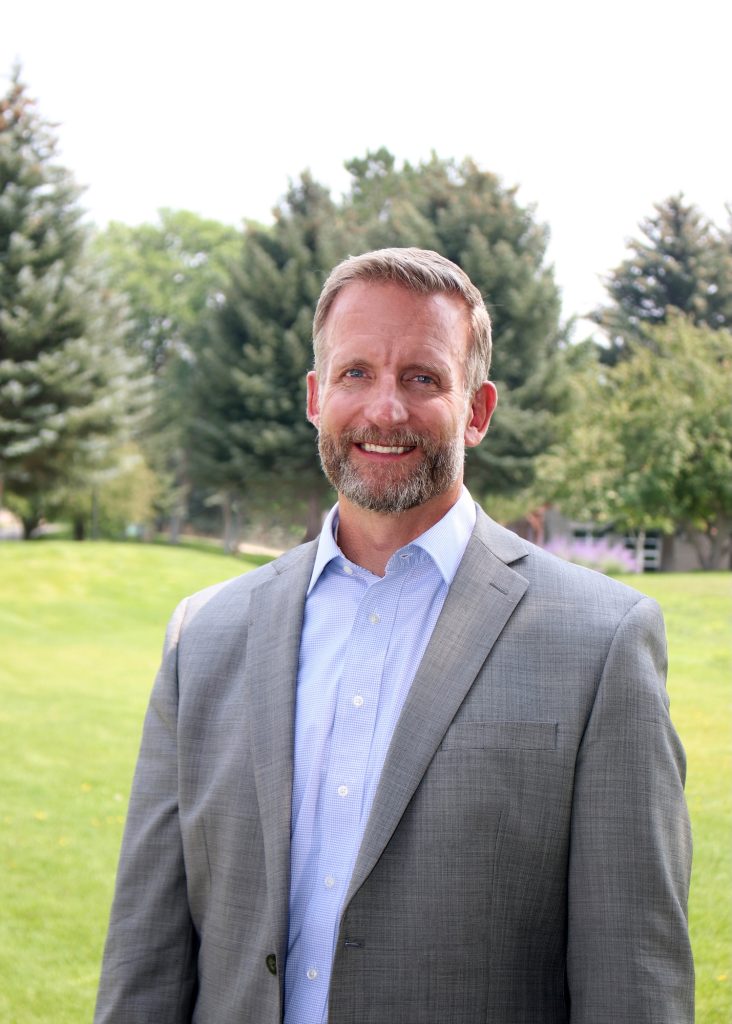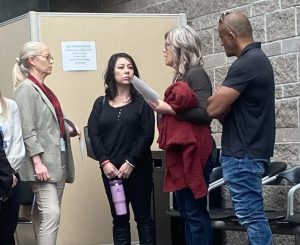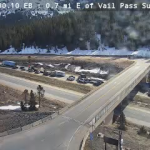Gianneschi: Beyond the labels
Valley Voices

Courtesy photo
While in Washington, D.C. recently, a few Colorado Mountain College colleagues and I joined the unveiling of the new Carnegie Classification System. These classifications may seem abstract to those outside higher education, but they often drive college behaviors and shape how colleges are understood — by peers, policymakers and the public.
Fairly or unfairly, the higher education sector has been the focus of intense scrutiny recently. Importantly, nearly all the attention has been directed at a handful of highly selective and wealthy institutions. And yet, the spillover effect is that all colleges are viewed as a monolith. This makes about as much sense as suggesting that the environment in Miami Beach explains behaviors in Leadville. It’s nonsensical. In fact, according to the Carnegie system, there are 3,927 colleges and universities in the U.S., and most are neither selective nor wealthy, but nearly all are economic drivers in their communities.
Colorado Mountain College’s new classification is a “medium-sized, mixed associate/baccalaureate institution with higher access and medium earnings.” Quite a mouthful, but an accurate depiction. It means that, when compared to all other institutions, CMC is a medium-sized college that enrolls more students with financial need than the average college; it provides the majority of its degrees in fields oriented toward the workforce; and that its graduates earn the same salaries after graduation as the majority of other institutions with a similar profile.
I’m not the type of person who focuses heavily on rankings and ratings, but I think the folks at the American Council on Education and the Carnegie Foundation that developed the new system got it right.
Just as important as what the Carnegie classification system now says about CMC today is the history of how CMC evolved into a “medium-sized, mixed associate/baccalaureate institution with higher access and medium earnings.”

Support Local Journalism
Back in 1965, voters in six mountain counties overwhelmingly supported the creation of a junior college. When CMC opened in 1967, our region was driven by industries like mining, ranching and railroads. Naturally, our early programs reflected these economic realities. Beginning on donated land and often offering courses in borrowed offices, church basements and municipal buildings, CMC was very much a grassroots institution attempting to deliver education to remote locations in creative ways.
Today, mountain economies look different. Health care, construction, hospitality, finance and tourism now power the region. CMC has evolved to meet these changes, resulting in meaningful changes in the college’s structure and programming. We still offer community-focused programs like adult basic education, English as a Second Language and concurrent enrollment. But we’ve also added eight bachelor’s degrees — and more are on the way, including a Bachelor of Science in biological sciences, designed to support students pursuing graduate school in health and medicine.
We’ve also focused intentionally on skilled trades. Recent workforce projections show strong demand in our region for nurses, police officers, firefighters, construction managers and automotive technicians. These careers are essential to the function of our mountain towns — and many offer wages that support a strong standard of living.
Our programs reflect our communities’ needs and their economic realities. CMC aspires to only offer programs that lead to good jobs with livable wages.
Though lucrative for graduates, skilled trades programs aren’t simple or inexpensive. Trades instruction requires dedicated industrial spaces, specialized and often immovable equipment and instructors with real-world experience — many of whom could earn more in private industry. If funding weren’t a constraint, CMC would expand these offerings dramatically. But these investments require resources.
To better gauge whether our communities share our vision to expand skilled trades programs, we’ll be conducting outreach in the coming months. If you live in the CMC tax district, you may receive a call or a text from a polling firm working on our behalf. We hope you’ll take a few moments to share your thoughts about the future of skilled trades training and affordable workforce housing for students and employees.
Despite the labels assigned to the college — from Carnegie classifications to national rankings to state and federal authorizing agencies — Colorado Mountain College remains the only postsecondary institution created specifically to serve the central mountain communities of Colorado. That mission endures regardless of how others describe us. And our commitment to provide relevant, responsive and life-changing education on the Western Slope guides everything we do.









